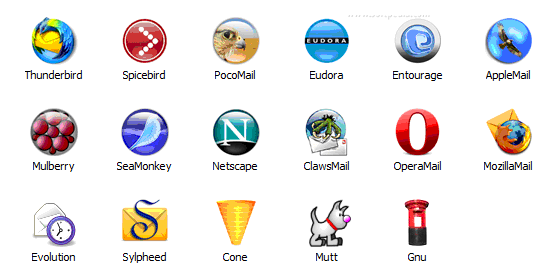


The original escaping system merely added the prefix character when "From " appeared at the start of a line, so if it was already escaped as ">From ", no further escaping was done.


This is where the variant formats come in. This is usually done by prefixing the line with a greater-than sign (>). The From line that is used as a separator follows that keyword with the originating mailbox name (originally a UUCP " bang path", with a series of nodes separated by exclamation points showing how the message got from its originating node to the place it currently was) then the date and possibly other information.īecause "From" is a common English word which often appears in the body of messages, sometimes at the beginning of lines, "escaping" has to be done by the mailer programs to alter such lines so they are not mistaken for message breakpoints. This is distinct from the "From:" line in the headers of a message, which has a colon after it. Some problems and incompatibilities of this format stem from the (rather shortsighted, in hindsight) design decision to have as the separator indicating the boundary between messages a "From" line inserted by the mailer program messages are split based on the characters "From " (with a trailing space) appearing at the beginning of a line. Traditional old-school Unix systems didn't generally use file extensions, so many mbox files are extensionless, but some other systems (e.g., Eudora) use a. The entire file is supposed to be in 7-bit ASCII, with any characters outside that range encoded in some manner (in accordance with various other standards for character encoding in messages and their component parts and attachments). It has several minor variants, but they all consist of a series of messages in Internet e-mail message format ( RFC 822 and its successors) appended together, including headers and body. Mbox is the format typically used in Unix-like systems for storing collections of e-mail messages, dating back to the early days of Unix and UUCP network connections.


 0 kommentar(er)
0 kommentar(er)
